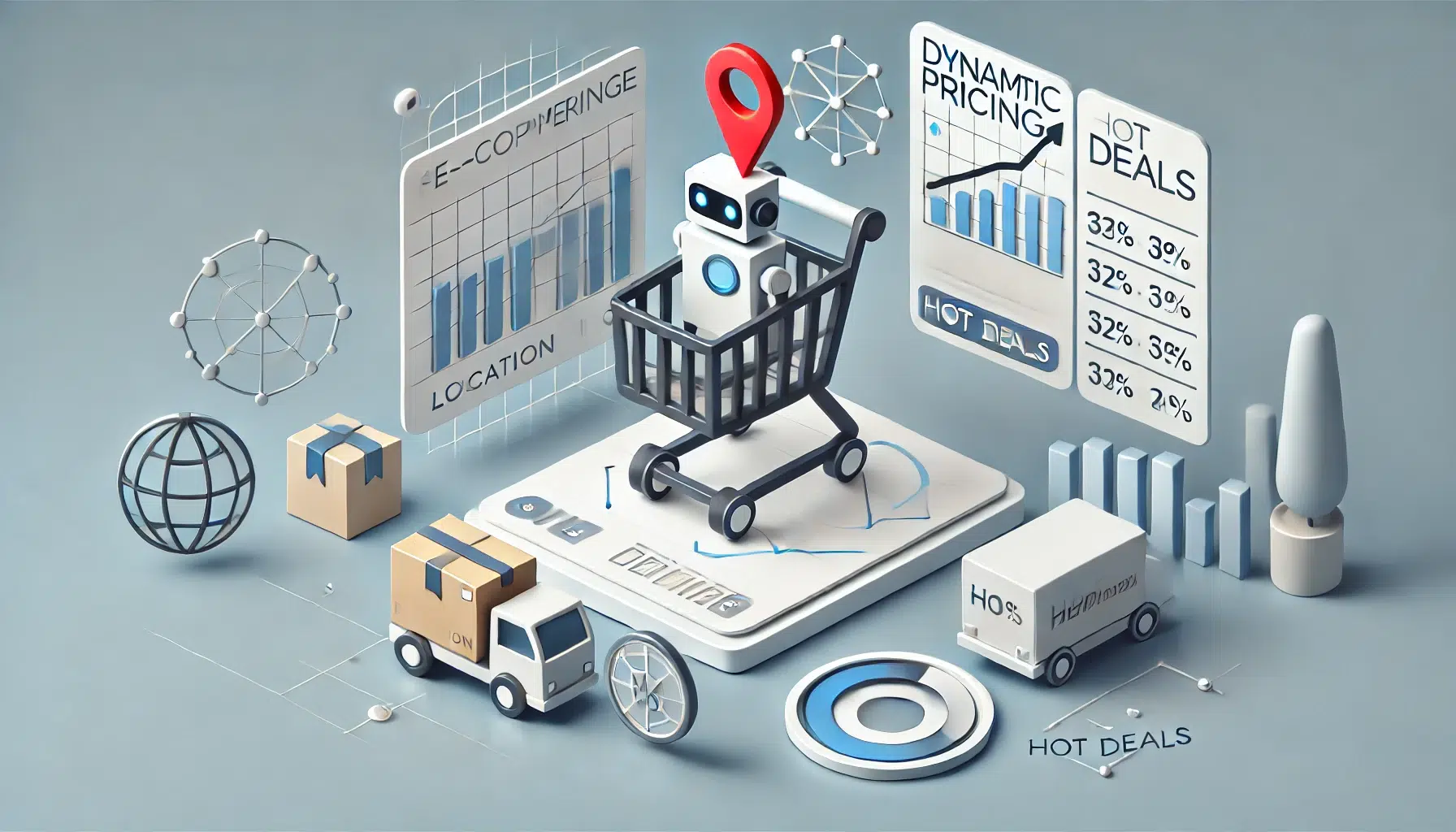
user personas: fictional characters with real power
in the world of product management, creating user personas can feel a bit like writing a novel. you invent characters, give them names, backgrounds, and quirks, and then send them on a journey through your product. but these aren’t just figments of your imagination—these fictional characters wield real power. let’s dive into the fascinating world of user personas and discover why they’re essential for any successful product.
the birth of a persona
creating a user persona starts with research. you gather data, conduct interviews, and analyze user behavior. then comes the fun part—building your persona. meet sarah, the multitasking mom who relies on your app to keep her family’s schedule in check. or dave, the tech-savvy entrepreneur looking for efficient project management tools. each persona is a composite of your target audience, designed to represent their needs, goals, and pain points.
why fictional characters matter
you might wonder, why go through the trouble of creating these fictional characters? the answer is simple: empathy. by putting a face and a story to your users, you humanize the data. it’s easier to design for sarah and dave than for an abstract concept like “users aged 25-40.” personas help your team understand and connect with the people they’re designing for, making decisions that truly resonate.
the real power of personas
1. guiding design decisions
user personas act as a compass for your design team. when faced with choices, they can ask, “what would sarah prefer?” or “how would dave use this feature?” this focus ensures the product remains user-centric.
2. streamlining development
with personas in hand, developers have a clear picture of who they’re building for. this clarity helps prioritize features and functionalities that align with user needs, avoiding the dreaded scope creep.
3. enhancing marketing strategies
personas are invaluable for your marketing team. knowing the motivations and challenges of your target users allows for more targeted and effective marketing campaigns. it’s the difference between a generic ad and one that speaks directly to sarah’s busy lifestyle.
common pitfalls to avoid
while user personas are powerful tools, they’re not without their pitfalls. here are a few common mistakes to watch out for:
- overgeneralization: avoid creating personas that are too broad. they should be specific enough to provide actionable insights.
- stagnation: personas should evolve as your product and user base grow. regularly update them with fresh data and feedback.
- ignoring outliers: while it’s tempting to focus on the majority, don’t ignore the outliers. sometimes, the most valuable insights come from those on the fringes.
the persona party
think of your personas as guests at a party—each with their own personality, preferences, and quirks. to throw a successful party (or build a successful product), you need to cater to their needs. maybe sarah prefers quiet corners and detailed schedules, while dave loves networking and quick, efficient tools. understanding these nuances helps you create an experience that delights everyone.
conclusion
user personas might be fictional, but their impact is very real. by bringing your users to life through detailed and empathetic personas, you ensure that your product remains user-focused, your development streamlined, and your marketing on point. so, embrace the power of these fictional characters and let them guide your product journey. after all, a little imagination can lead to real-world success. happy persona-building!




